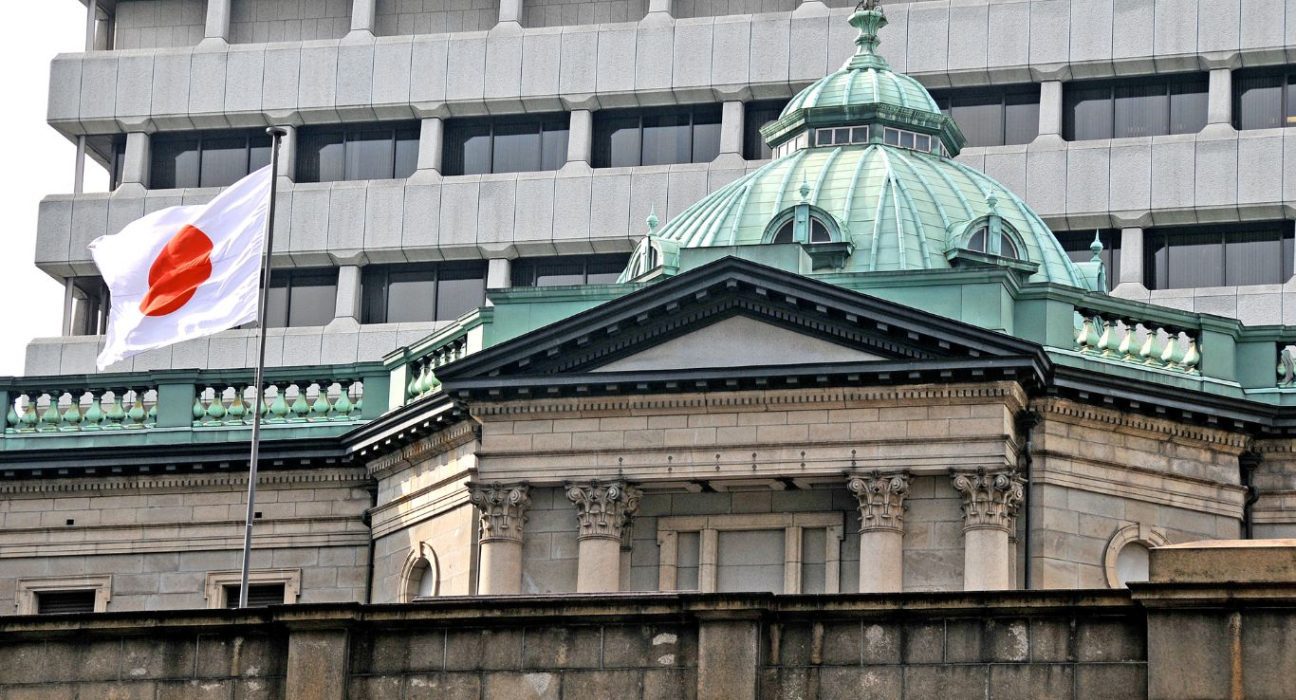The Bank of Japan (BOJ) is contemplating revising its inflation forecast for this year, as shared by former top economist Seisaku Kameda in an interview with Reuters. The central bank’s upcoming meeting on July 27-28 will reveal new quarterly forecasts that encompass core consumer inflation, excluding the impact of fresh food, as well as “core-core” inflation, which further eliminates fuel costs. While the inflation forecast may be revised upward, the BOJ is likely to exercise caution regarding any adjustments to its yield curve control (YCC) policy.
The Significance of Wages in BOJ’s Monetary Decisions
According to Seisaku Kameda, the Bank of Japan is approaching the decision to adjust its monetary measures, particularly YCC, with prudence. The central bank is keen to ascertain the sustainability of wage growth before making any modifications. This cautious approach aligns with the BOJ’s objective of achieving stable inflation and sustained economic growth in Japan. By closely monitoring wage trends, the BOJ aims to ensure that any changes in its policies are well-founded and supported by concrete evidence.
New Forecasts and the Core Inflation Analysis
At the upcoming BOJ meeting, the central bank will release new quarterly forecasts that are expected to provide updated estimates for core consumer inflation. Core inflation excludes the volatile impact of fresh food prices, offering a more accurate gauge of the underlying inflation trend. Additionally, the BOJ will reveal estimates for “core-core” inflation, which further removes fuel costs from the calculation. These comprehensive inflation analyses assist the central bank in formulating effective monetary policies and maintaining price stability in the economy.
Factors Influencing the BOJ’s Monetary Policy
Several factors influence the Bank of Japan’s decision-making process regarding its monetary policy measures. In addition to assessing wage growth, the central bank considers other economic indicators such as employment data, consumer spending patterns, and business investment levels. Furthermore, the BOJ takes into account external factors, including global economic conditions and geopolitical events, that could impact Japan’s economy. By examining a broad range of factors, the BOJ aims to make well-informed decisions that support the country’s economic stability and growth.
Importance of Yield Curve Control Policy
The Bank of Japan’s yield curve control policy plays a vital role in managing interest rates and supporting the overall monetary framework. With YCC, the central bank seeks to maintain a yield curve that supports borrowing and lending activities, facilitates economic growth, and achieves its inflation target. By exercising control over the long-term and short-term interest rates, the BOJ aims to provide stability in financial markets and promote favorable borrowing conditions for businesses and individuals.
BOJ’s Forward Guidance and Communication
In addition to its policy measures, the Bank of Japan employs forward guidance and effective communication to provide transparency and clarity to market participants. By clearly articulating its policy intentions, the central bank strives to guide market expectations and influence interest rate movements. This approach allows businesses and investors to make informed decisions based on the BOJ’s monetary policy stance. Effective forward guidance enhances the effectiveness of the BOJ’s measures and fosters market stability.
Market Expectations and Impact on the Japanese Economy
Market participants and economists closely analyze the Bank of Japan’s decisions and forecasts, as they have a significant impact on the Japanese economy. Any revisions to the inflation forecast or changes in the yield curve control policy can influence market sentiment, investment decisions, and consumer behavior. Moreover, these decisions can shape expectations regarding future economic conditions and the BOJ’s stance on monetary policy. As a result, the central bank’s actions have wide-ranging implications for Japan’s economic growth and price stability.
Conclusion
the Bank of Japan is considering revising its inflation forecast for this year while exercising caution regarding adjustments to its yield curve control policy. The central bank aims to ensure sustainable wage growth before implementing any changes to its monetary measures. The upcoming BOJ meeting will unveil new quarterly forecasts, providing insights into core consumer inflation and “core-core” inflation. By closely monitoring various economic indicators, the BOJ strives to make well-informed decisions that promote economic stability and support Japan’s growth trajectory.










